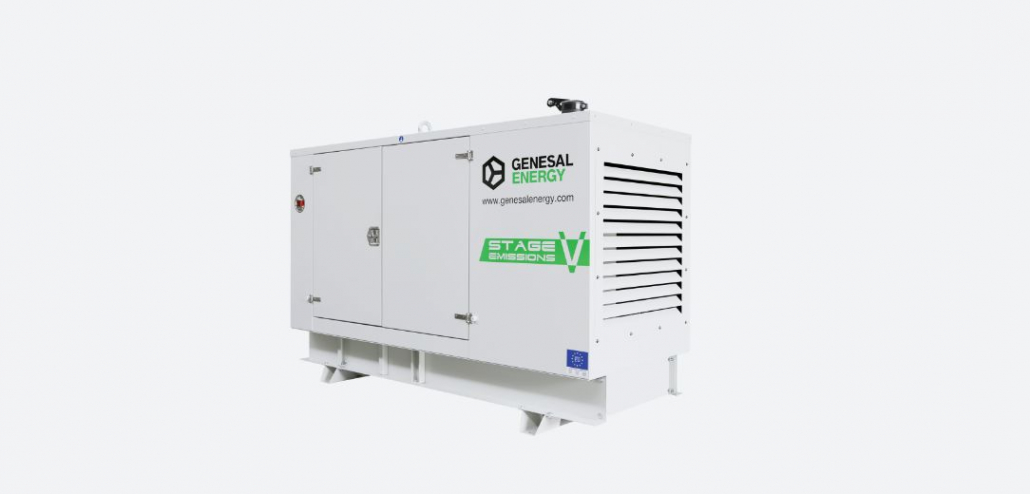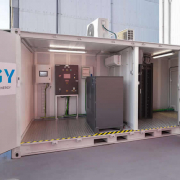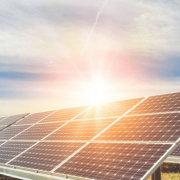Energy Transition: the importance of distributed energy networks and generator sets.
Energy is one of the main axes on which economic and social activities rest.
During the last decades, the energy demand has steadily increased and, according to the International Energy Agency IEA, it will have increased more than a 30 percent by 2040. These days, the decarbonisation of the economy is boosting its electrification. This means that every sector of activity is contributing to an increase in the electricity consumption.

Energy Transition
This process is taking place in an environment where climate change and its consequences are being fought and the sustainable development goals and life quality standards are paramount. A complete sector transformation is needed, where all agents involved in the electricity system shall evolve through the so-called Energy Transition. This means moving from the traditional model of electricity generation, heavily centralised and based on fossil fuels, to a new decarbonised model based on renewable sources of energy where distributed generation prevails.
Microgrids
In this new context, Microgrids stand out as feasible, reliable and affordable solutions.
They consist of two-direction hybrid generation systems which allow electricity distribution from the suppliers to the end consumers using digital technology and favouring the integration of renewable sources of generation. They are normally equipped with control systems that foresee consumptions and work-cycles of their elements and fitted with energy storage elements that make up for the energy demands. They optimise the operation of every element of the microgrid eliminating weak points.
Nevertheless, even increasing the number of operating microgrids, we need to be aware that a completely renewable energy origin power supply is not credible.
We do not have the capability to supply the 100% of the power demand only with clean energies. Not to mention that not every location has access to them. Another problem is their availability. Renewable power generation, conversely to fossil fuel power generation, is not adjustable to the demand so production and demand figures won’t necessarily match. The only way to solve this is energy storage, but it still has its limitations when it needs to be performed at big scale.

Generator sets, the optimal solution
This is why the global short- & medium-term tendency is to combine fossil and renewable energy trying to avoid the weaknesses of both and the dependence of fossil fuels.
Here is where generator sets reveal themselves as an optimal solution providing safety and stability to the systems, fulfilling the energy demands.
Integrating generator sets in the electrical mix provides a solid solution to the instability of the renewable energies. Not depending on environmental conditions for its operation means a higher reliability and ensures power availability.
Another strength of generator sets is that its functioning can be meticulously planned via intelligent management systems which allow programming of operation periods depending on different criteria like time, load, etc… Better efficiency, less costs. They can also operate as a storage alternative, giving a fast response in the event of load variations. Last but not least, they prove a very interesting energy-supplying alternative for places where the conventional grid does not reach like remote rural areas or islands.
Summarizing, generator sets might have a key role in the forthcoming years, backing up the electricity system transformation providing network reliability, safety and efficiency.











